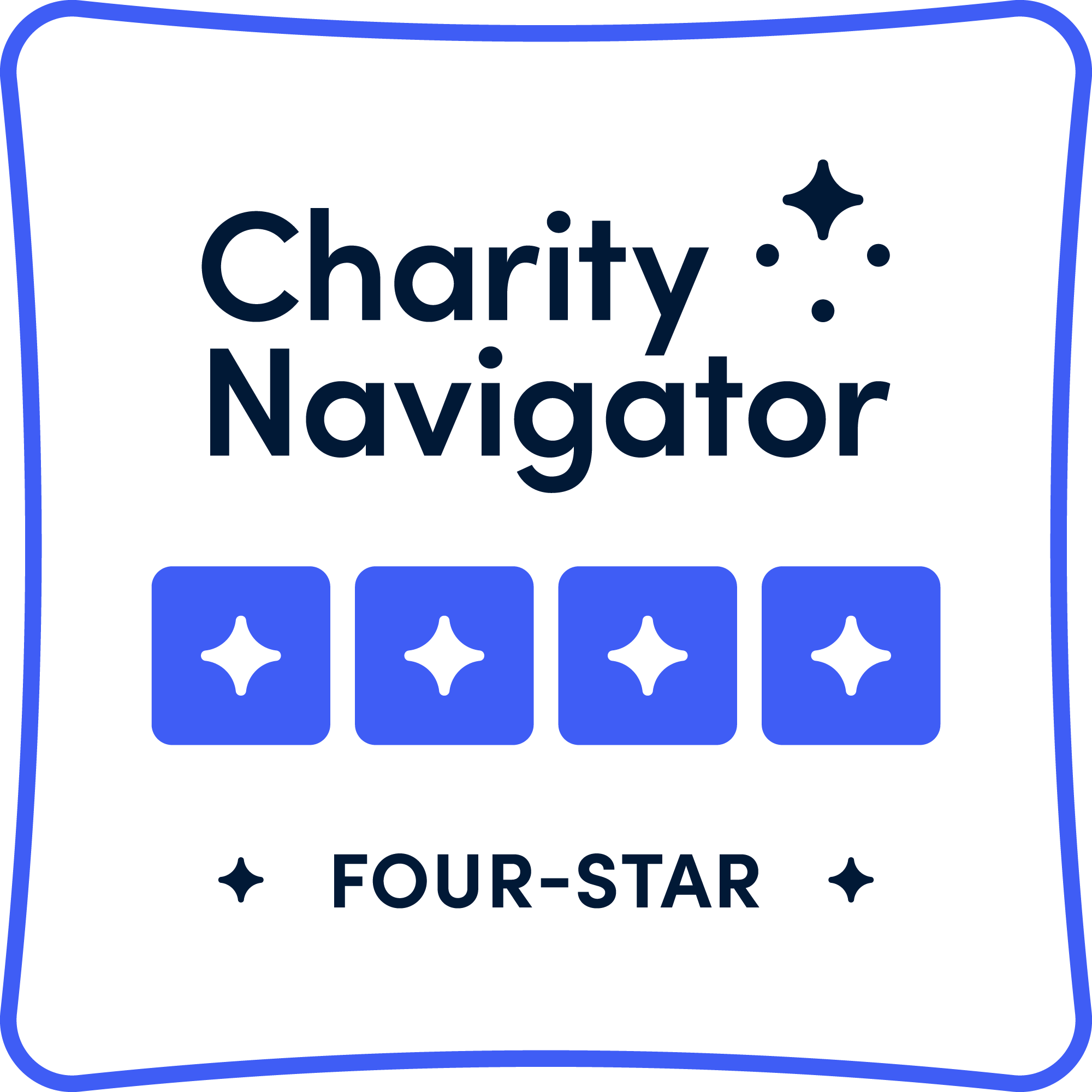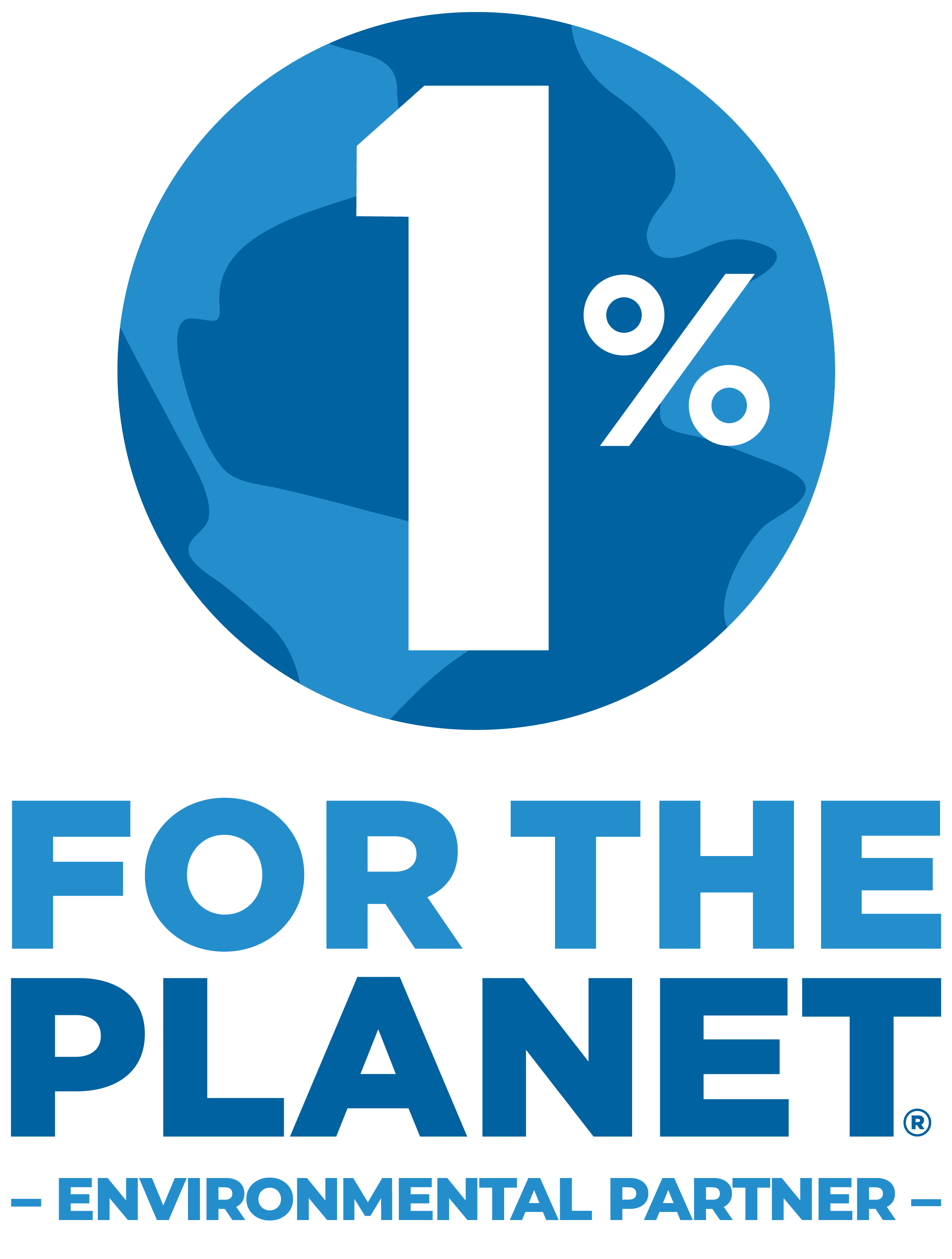Active banners: 0 Visible banners: 0
Visualizing Flooding in Green Bay
Provided by: NOAA |Published on: July 31, 2023
Articles/Websites
9101112AP
Synopsis
- This article explores the nor'easter that ravaged Green Bay in April 1973, the nature of coastal floods, and the tools that can be used to convey flooding risks to coastal communities.
- Students will learn about tools like CanVis and the Great Lakes Water Level Dashboard, which can help coastal managers, engineers, and citizens assess risk and plan for potential flooding dangers.

Subjects: Earth and Space Sciences, History, Engineering
Authors: NOAA
Region: North America, USA - Midwest, United States, Wisconsin, WI - Lake Michigan & Fox/Wolf Watershed (CESA 6, 7, 8), Michigan
Languages: English
Teaching Materials
Positives
- The Great Lakes Water Level Dashboard was created by NOAA and the Army Corps of Engineers.
- This article has two maps of Green Bay.
Additional Prerequisites
- Students should have a basic understanding of climate change and how it relates to flooding.
- Students need to know the following words: nor'easter, inundated, adjacent, erosion, infrastructure, and sustainability.
Differentiation
- This article could support a classroom discussion on why climate change may, in the future, cause emigration from coastal areas.
- This article could enhance a classroom discussion on how climate change affects infrastructure and why this matters.
- This article could augment a classroom discussion on how governments could employ climate change adaptation strategies.
- Engineering and science classes could use this article to connect to STEM career conversations, the need for new evaluations of flooding risk in coastal areas, and the ways that models and projections can be used to design safer and more resilient communities.
Scientist Notes
Teaching Tips
Standards
Resource Type and Format
All resources can be used for your educational purposes with proper attribution to the content provider.



